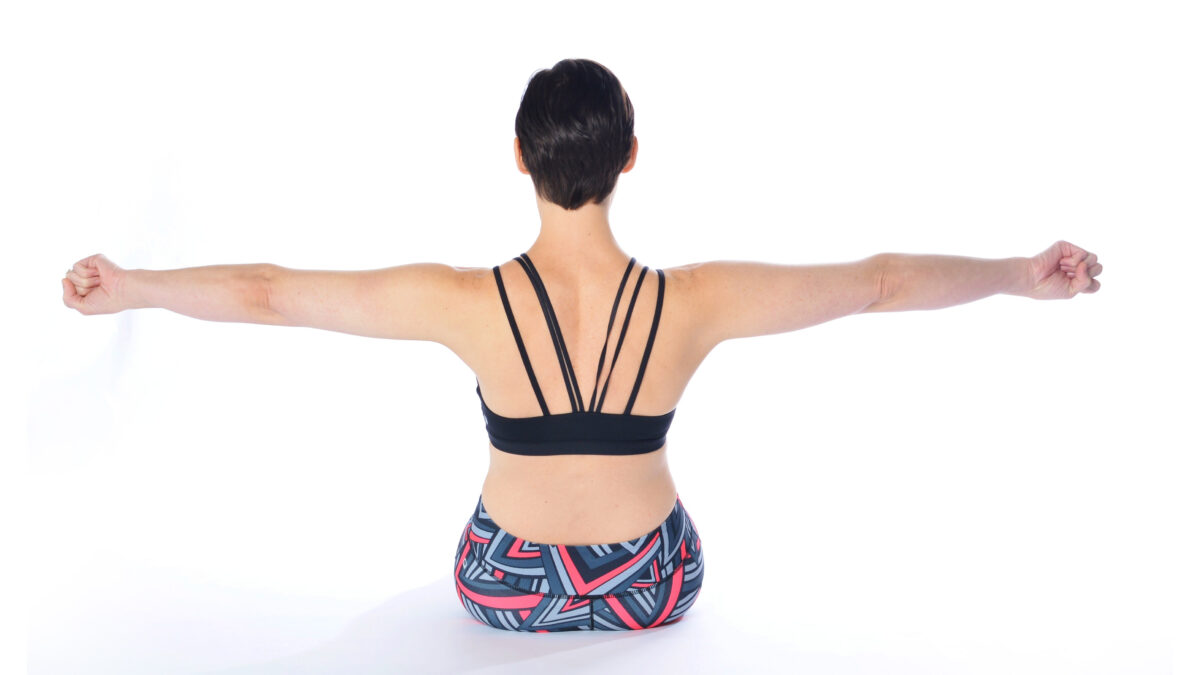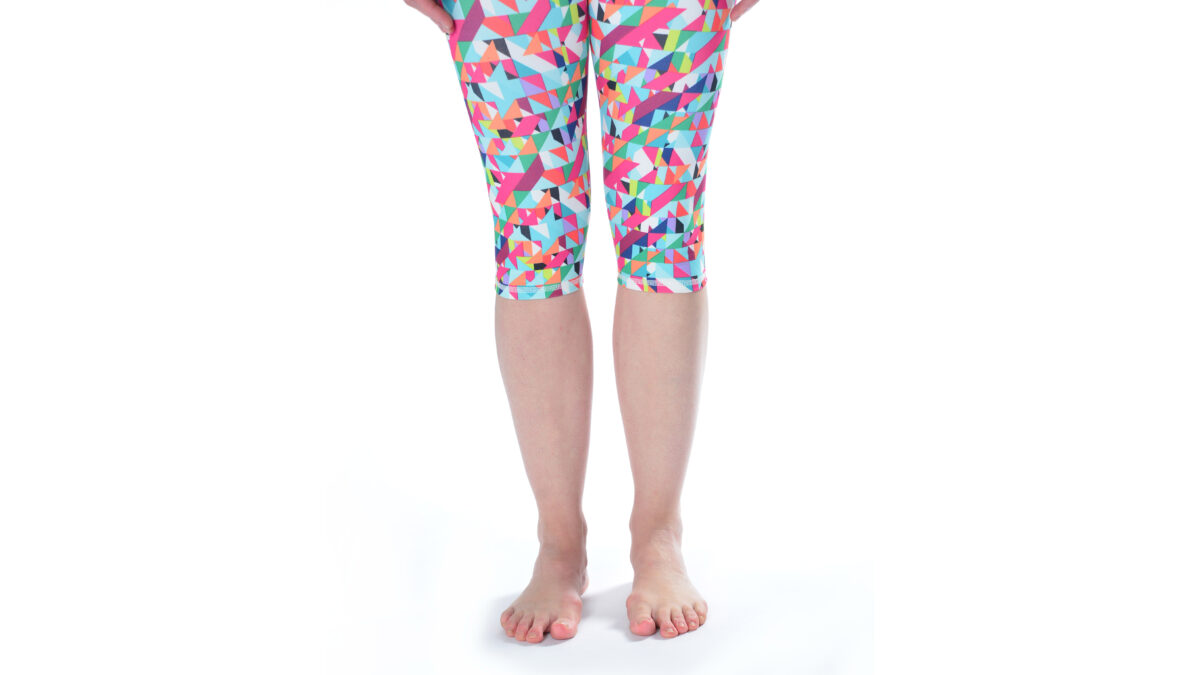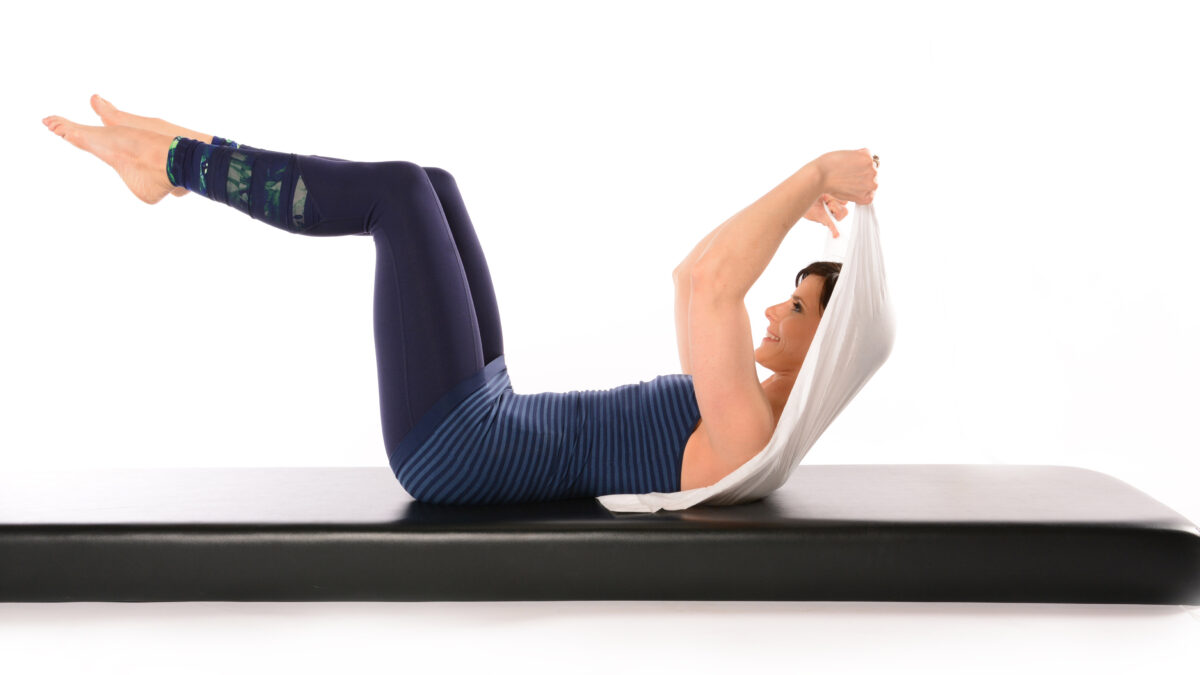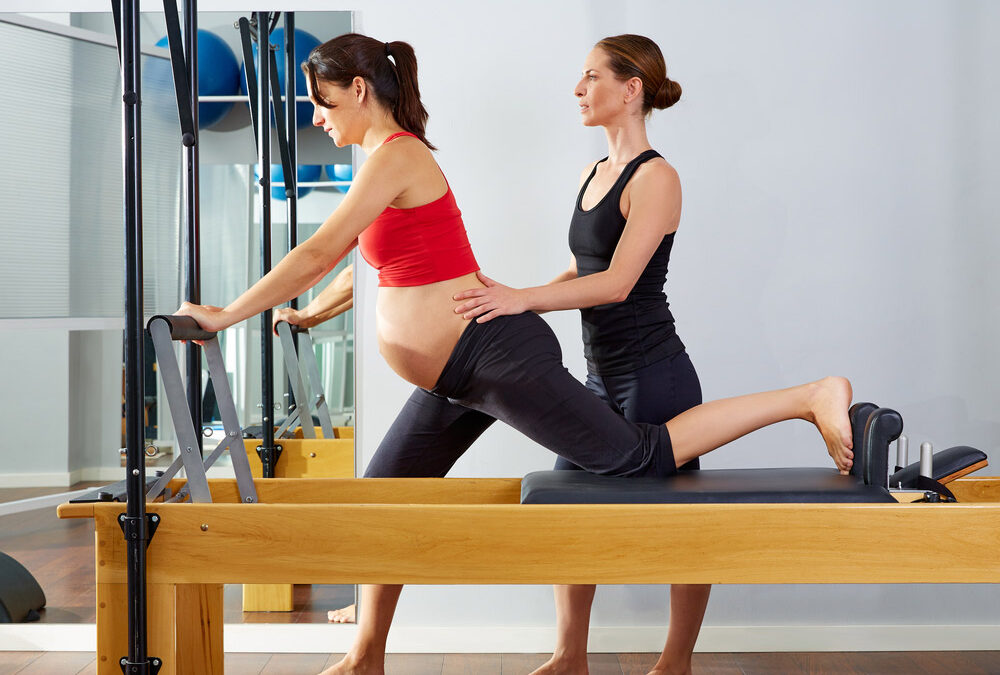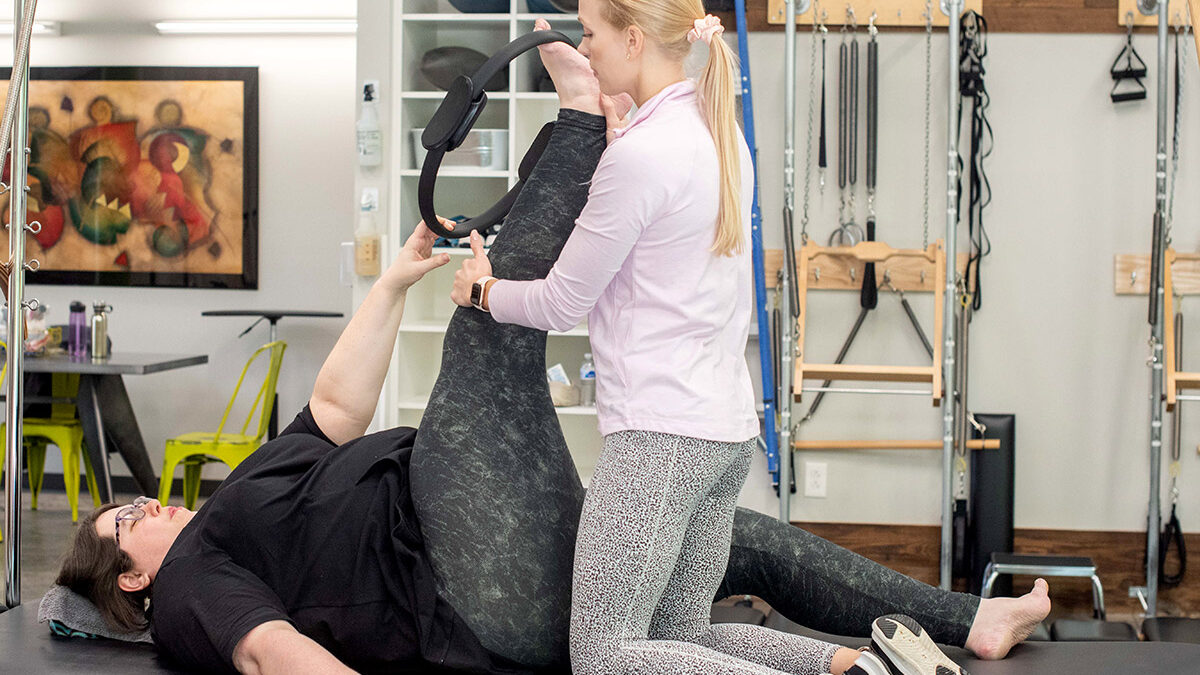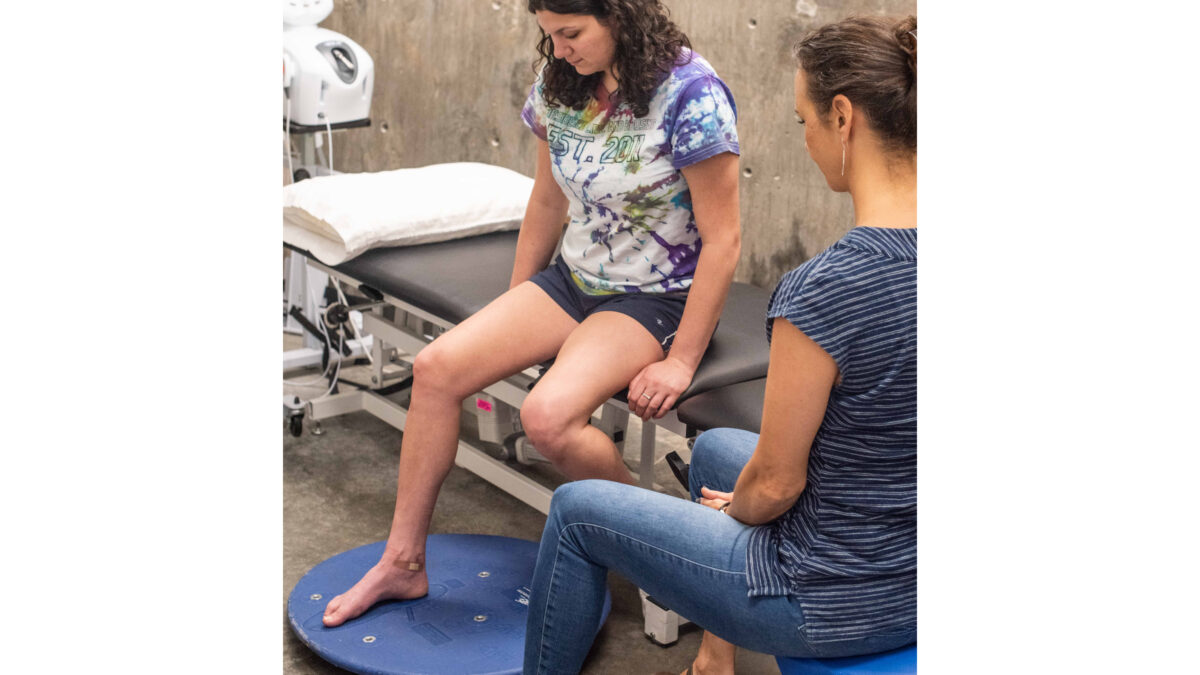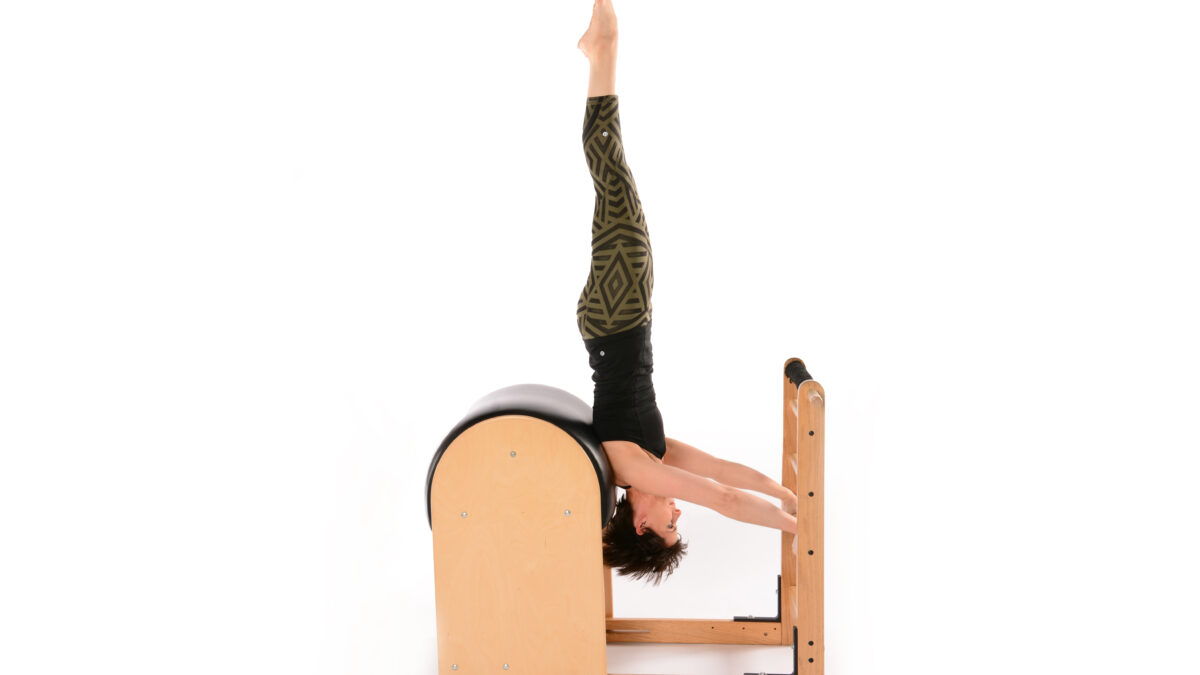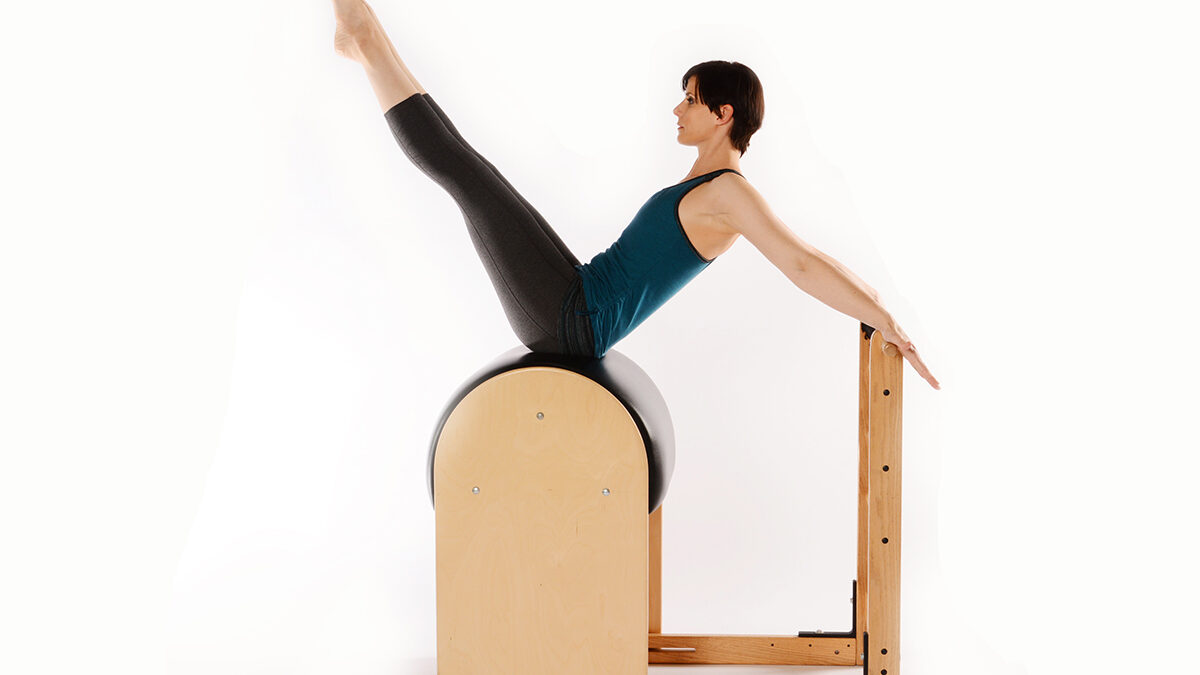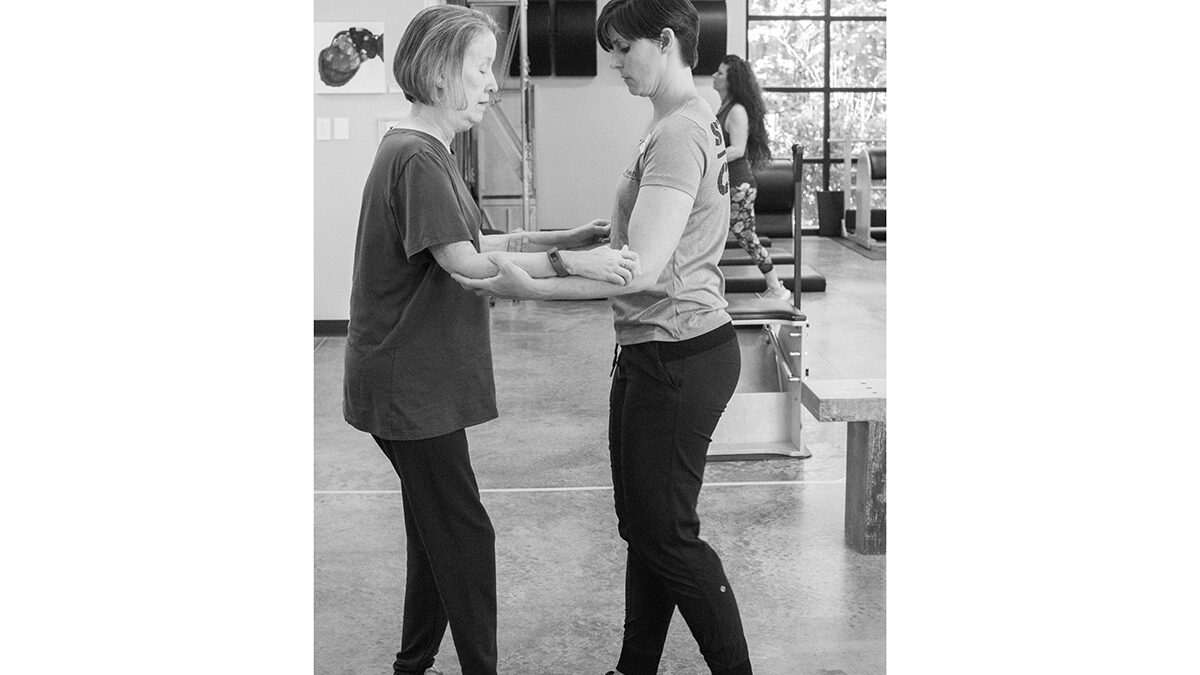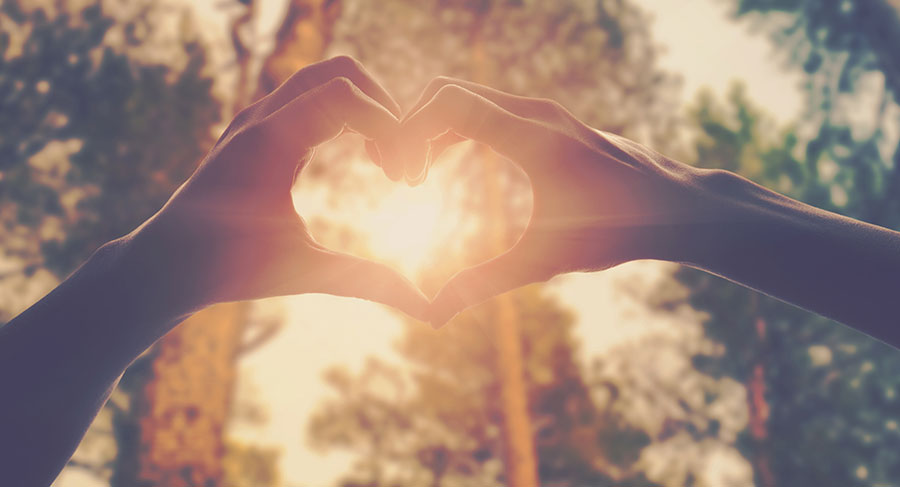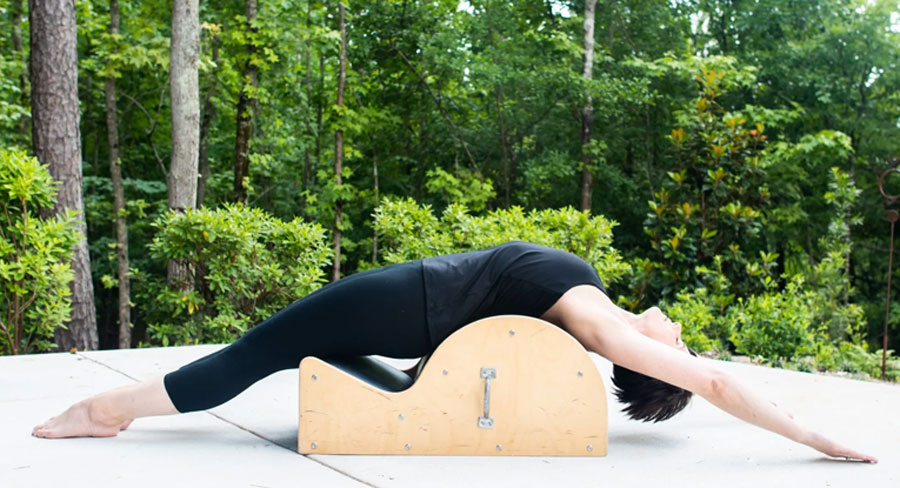- Mon - Fri
7.30 AM – 5.30 PM
Other hours upon request - 770-487-1931
ProHealth Physical Therapy and Pilates Studio Blog
April 10, 2024
Our sedentary modern lifestyle makes tight shoulders very common. Pilates is an excellent option to improve shoulder mobility, reduce neck pain, and improve your posture. In […]
April 3, 2024
Pilates is synonymous with core strength; however, foot alignment is foundational at all levels of this popular mind-body method. Healthy foot alignment can create a domino […]
March 27, 2024
Pilates may seem like the last thing you have time for with a baby in your arms. Yet, Postpartum Pilates can serve a new mom well […]
March 25, 2024
Do you ever get dizzy and you just don’t know why? You stand up and the world around you starts spinning. Other people see you and […]
March 20, 2024
Pilates during pregnancy is an enjoyable, low-stress way to exercise with a bun in the oven. Not only is prenatal Pilates safe, but it has many […]
March 13, 2024
The term “physical therapy” is well known in the healthcare realm. But it is far from a foregone conclusion that patients understand what it is all […]
February 28, 2024
The American College of Rheumatology estimates that about 790,000 total knee replacements and more than 450,000 hip replacements are performed each year in the United States. […]
February 22, 2024
Pilates Jack Knife is an intermediate Pilates mat exercise. In the classical Pilates mat sequence it follows Neck Pull. The Jack Knife is often considered the […]
February 15, 2024
The Pilates Hip Twist is an advanced Pilates mat exercise. It demands a high level of control, coordination, and centering, three of the main principles of […]
January 31, 2024
The most common reasons patients need or request physical therapy are orthopedic reasons, even if the patient is not aware that the problem is orthopedic. Simply […]

